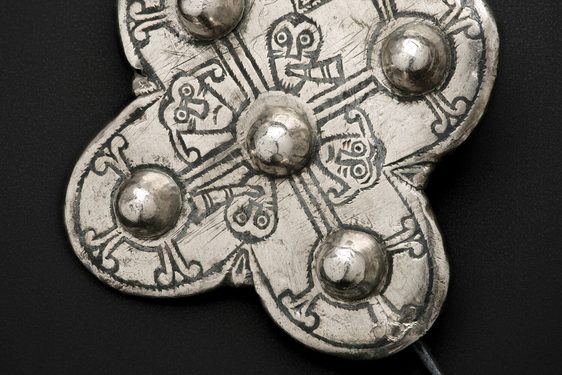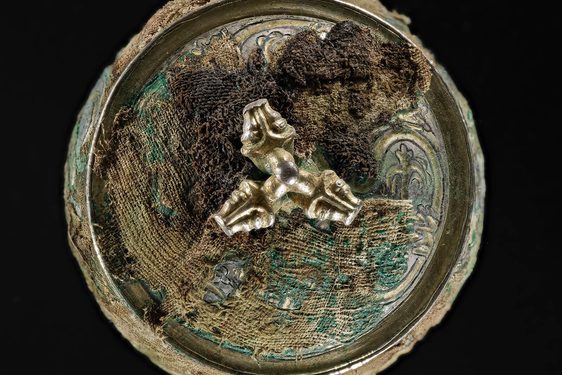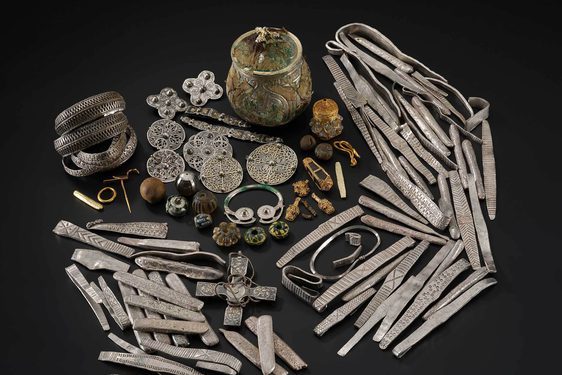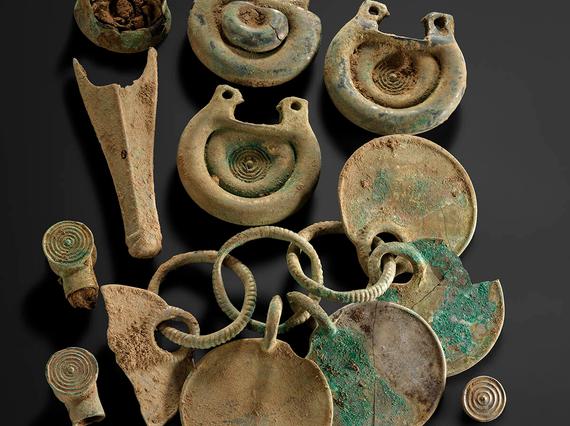
What is the Peebles Hoard?
News Story
The Peebles Hoard is a spectacular collection of bronze, leather and wooden material. Dating to the Late Bronze Age (c.1000-800 BCE), it contains several hundred elements from a complex set of objects. A complete sword in a wooden scabbard was also found amongst the hoard. Many of these objects have never been found before in Scotland.

Discovery and excavation
In June 2020, Mariusz Stępień discovered some unusual bronze items in the Scottish Borders while metal detecting. He reported these finds to the Treasure Trove Unit, who then alerted National Museums Scotland. A group of archaeologists and conservators from the museum assembled to assist with the excavation of the hoard.
Whilst excavating, the team observed rare survivals of small and large bronze objects, as well as fragments of leather and wood. As a result, the hoard was 'block lifted' from the ground. This is an archaeological conservation technique that involves wrapping the hoard as a block and cutting it out of the ground. This process helps to protect fragile materials for future analysis. The excavated block was then taken to the National Museums Collections Centre.
The next step would be to excavate the block under laboratory conditions. Before they could do this, the team needed to know what was inside the block. The hoard was taken to the µ-VIS X-ray Imaging Centre at the University of Southampton for CT scanning. These scans revealed important archaeological information about the contents and internal structure of the hoard, allowing for further excavation.

A unique Bronze Age find in Scotland
Over the course of five weeks, more than 500 pieces and components of the Peebles Hoard were carefully excavated from the block. Many of these components fit together or form parts of other objects. Some of the material is recognisable, such as a complete Late Bronze Age sword. The survival of such an object in a wooden scabbard is incredibly rare.
Many fittings and components are unique or highly unusual. The first fittings discovered by the detectorist are unique. There are few comparable pieces known anywhere in western Europe. CT scanning revealed that some of these objects were produced using lost-wax casting. This is a rare technique in Bronze Age Britain, suggesting skilled craftspeople were involved in making the objects.
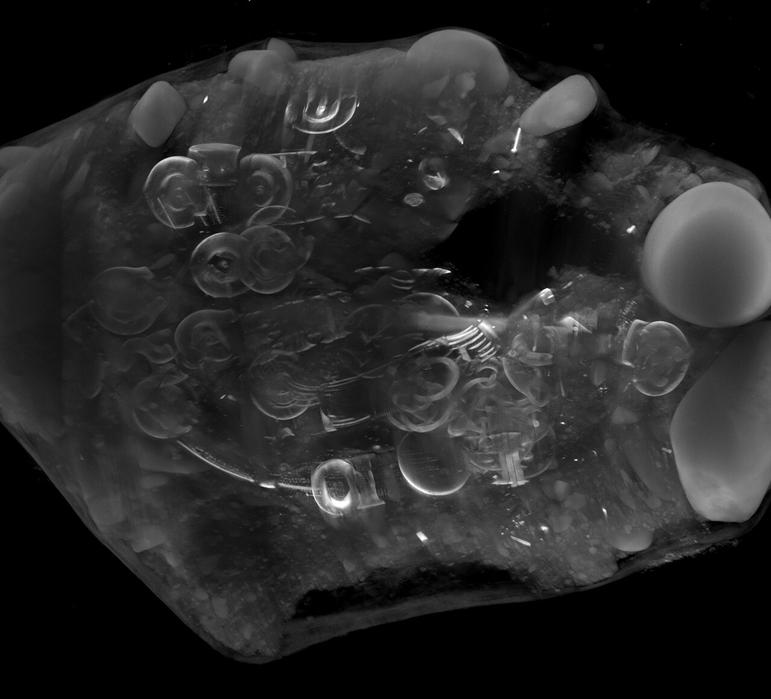
Other pieces are small, intricate and fragile and typically do not survive three thousand years in the ground. Many of the decorated bronze fittings are still attached to leather or wood. An array of bronze buttons remain looped onto 3,000-year-old cords and straps. Astonishingly, the Hoard also contains rare survivals of tiny bronze pins, studs and bosses embedded in wood or leather. There are remains of complex decorated straps, which are still mostly articulated. We do not yet know the purpose of these straps. This is a level of detail and insight which is not usually glimpsed for the Bronze Age.
Some larger objects in the hoard highlight Bronze Age Scotland’s position as part of a network of communities across the North Sea. There are two rattle pendants, which are the first ever found in Scotland. These are more commonly found in Denmark, northern Germany and northern Poland. Two others from Britain were found in a hoard from Parc y Meirch in north Wales. These remarkable objects consist of interlinked bronze rings and pendant plates. These would have hung from a horse or wooden vehicle and rattled as they moved.
Highlight objects from the Peebles Hoard
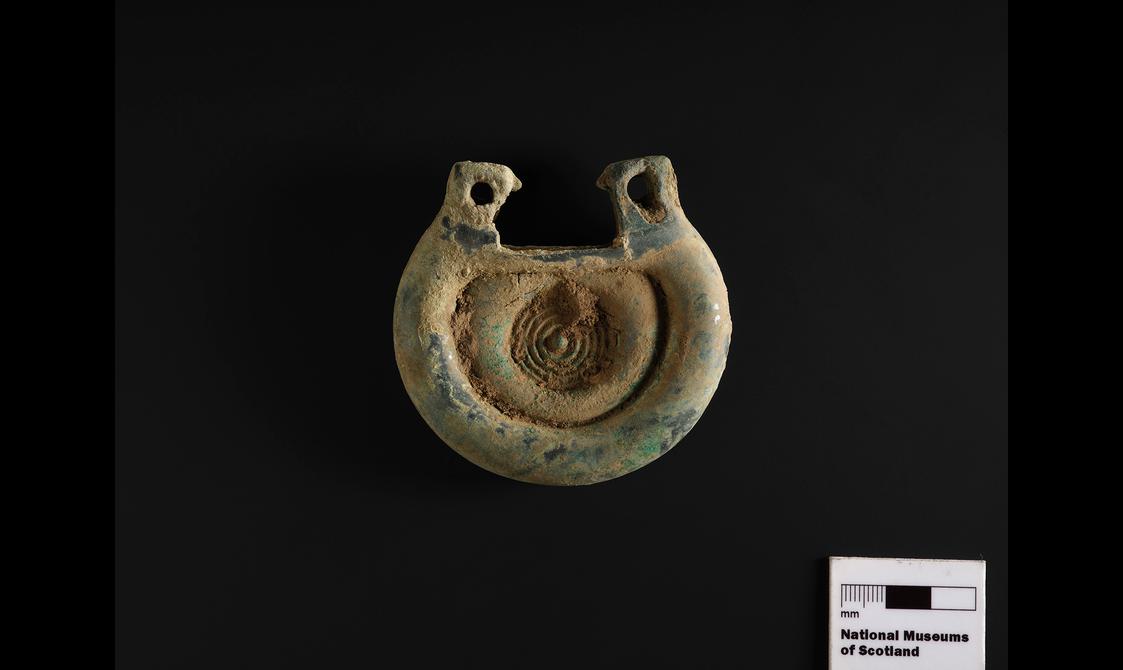
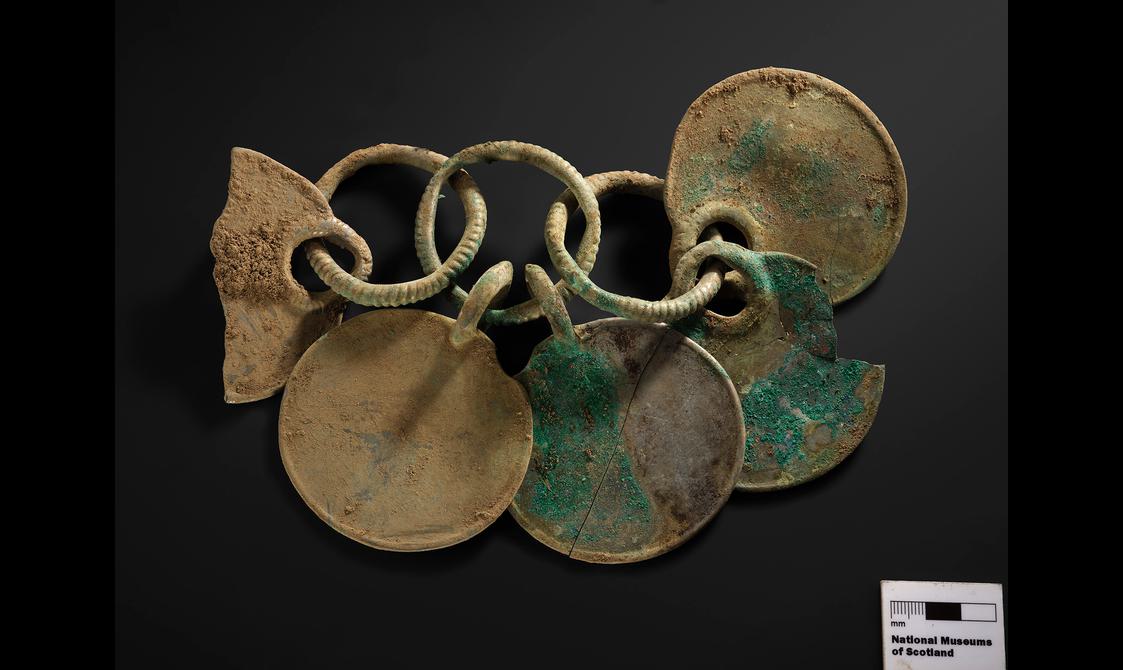

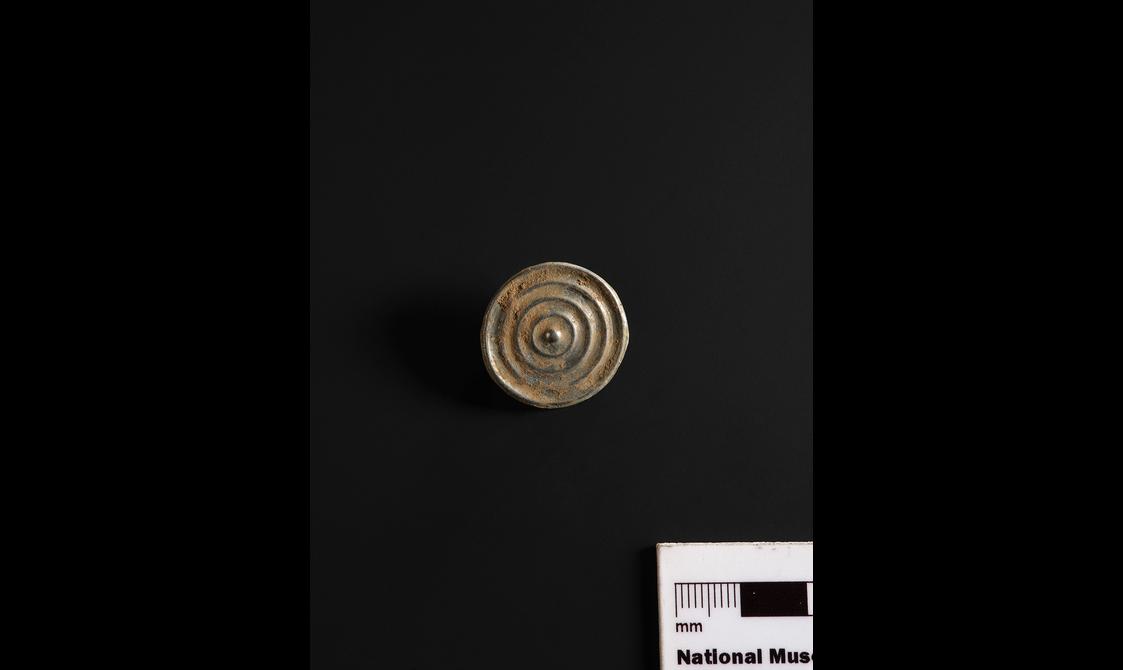
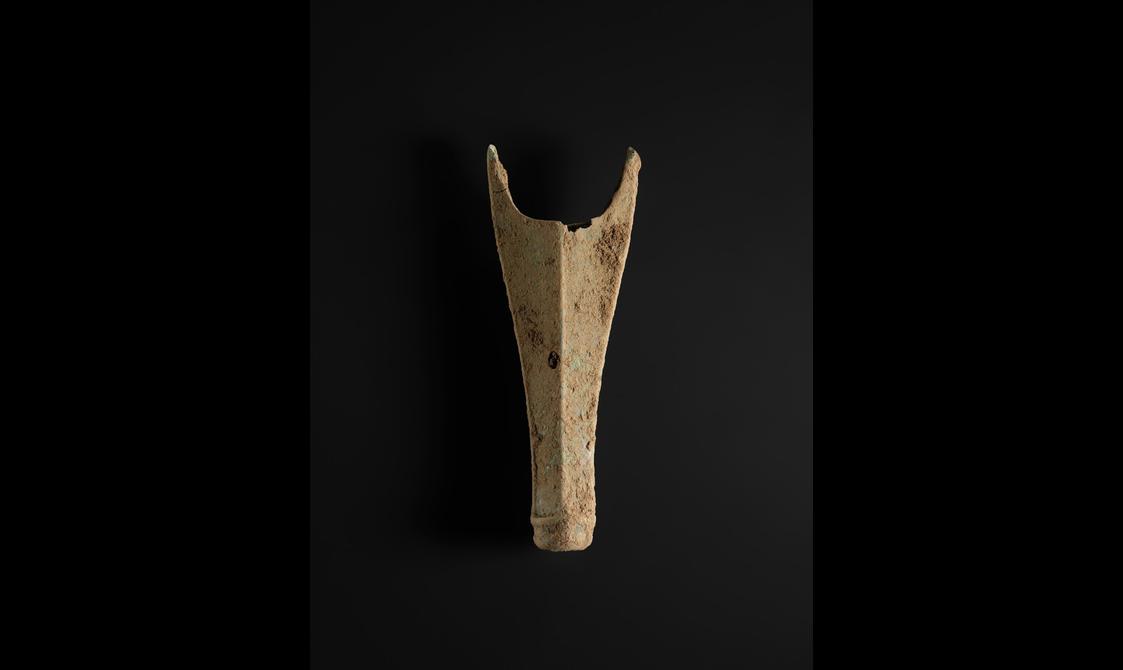
What’s next for the Peebles Hoard?
The Peebles Hoard is one of the most important hoards to have ever been found in Scotland. It presents an opportunity to re-shape how we understand Bronze Age communities in Scotland. In May 2024, following nearly four years of investigation, the Peebles Hoard was officially allocated to National Museums Scotland through the Treasure Trove process.
But this is just the beginning of the story. While we understand some of the objects, further investigation is still needed to explain and interpret the hoard. What was its function? Why was the hoard buried? What is its place in broader European Bronze Age traditions?
Our next steps will be to embark on an extensive programme of conservation. This is crucial for ensuring that we can continue research into its origins and function. Not only will this help us to uncover the secrets of the hoard, but it will ensure that we can preserve it for future generations.
Donate today to conserve the Peebles Hoard, and help reveal the stories of life in Bronze Age Scotland.
